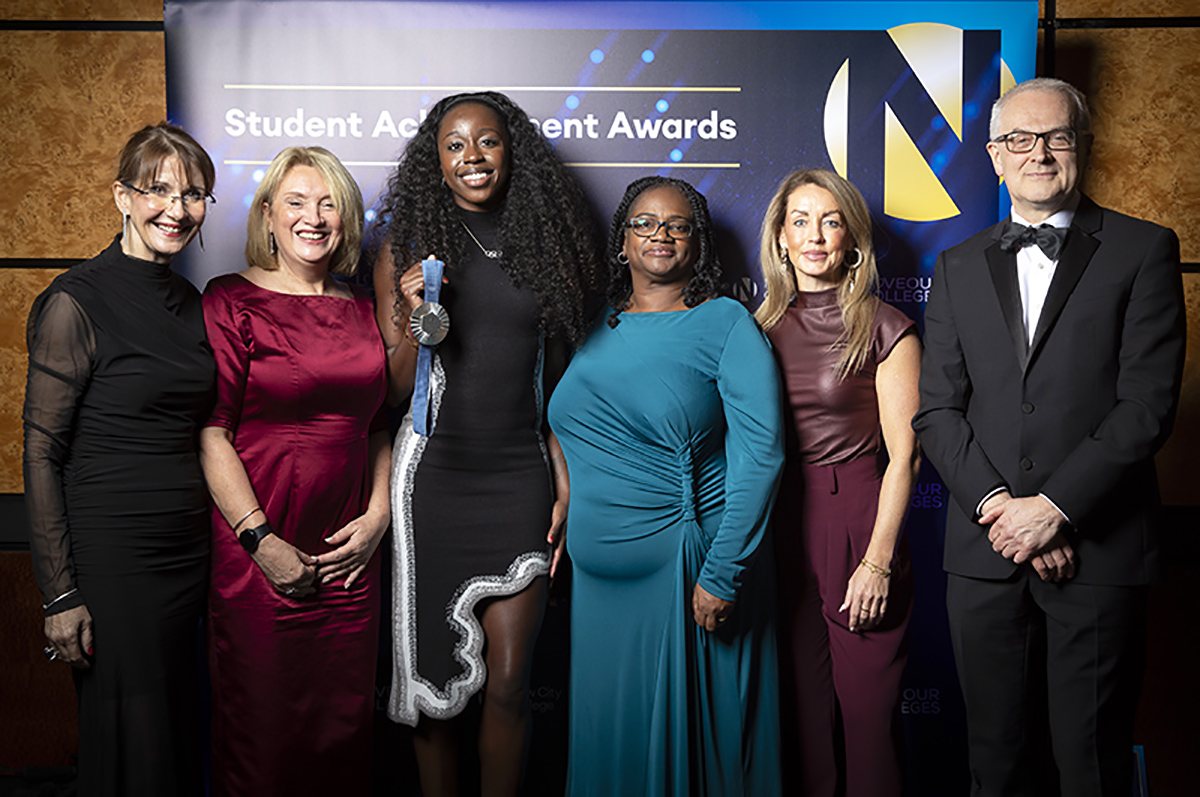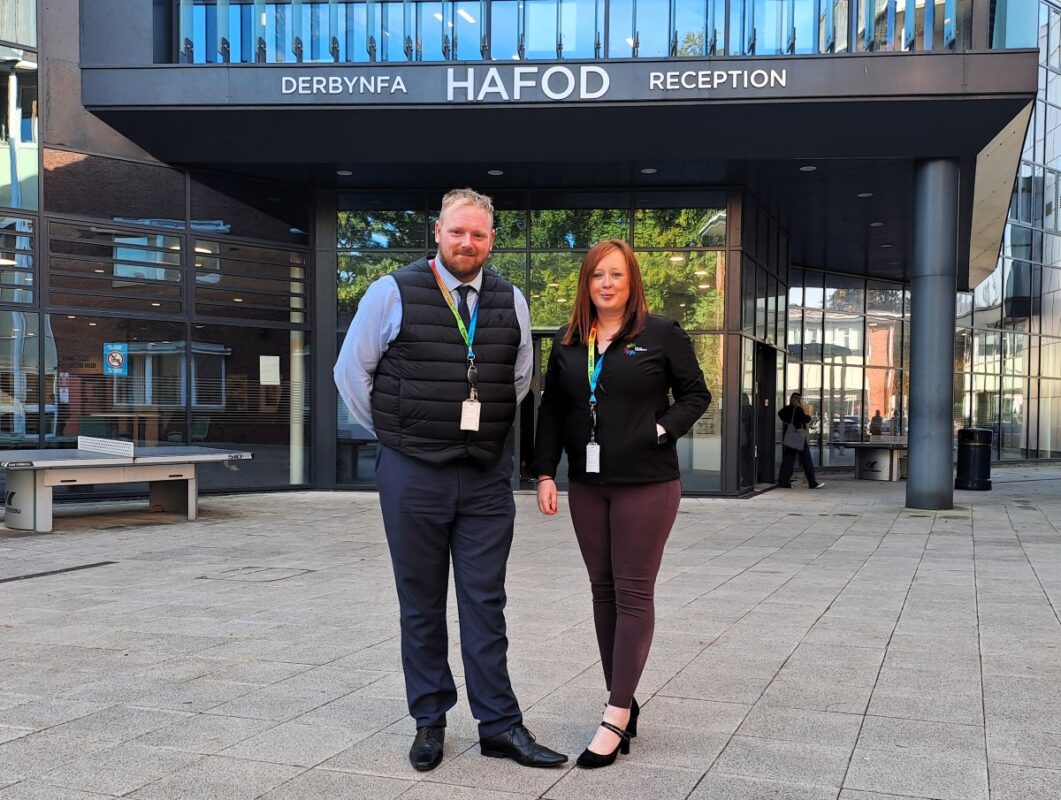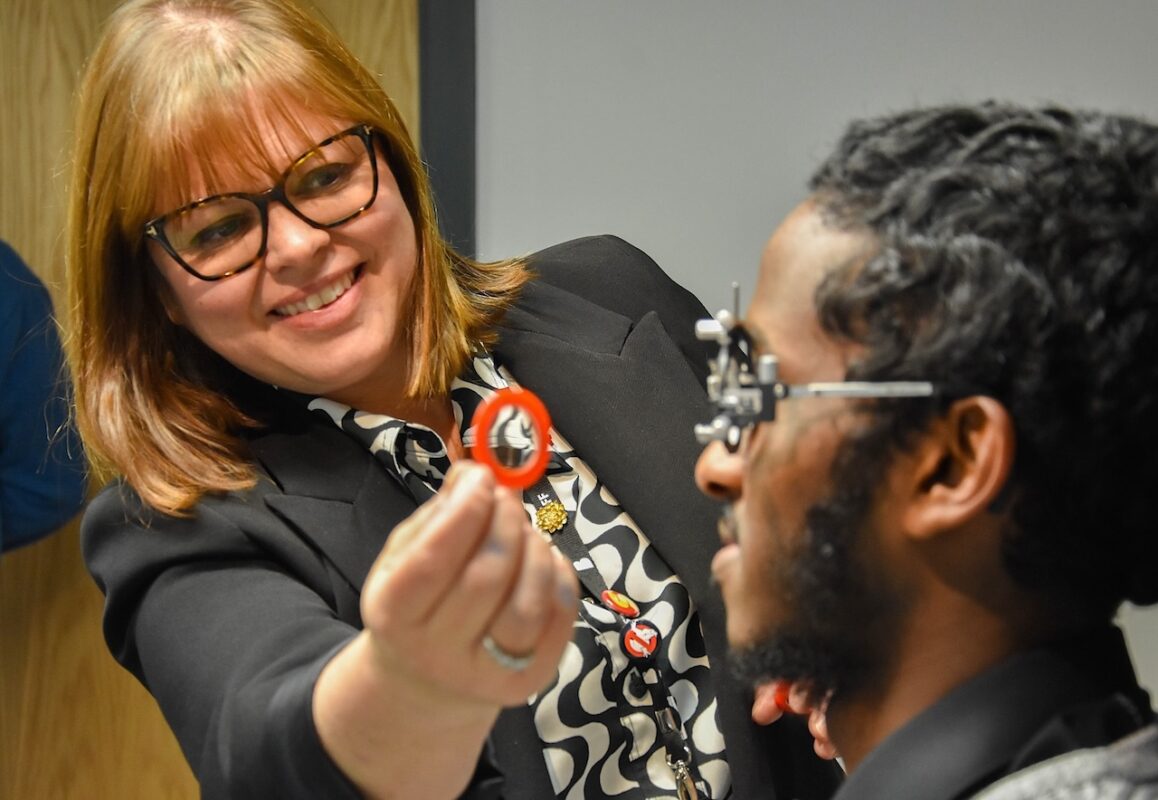Curricula must align with the needs of industry: Bridging the gap between industry and academia

After Prime Minister Boris Johnson promised to offer £3,000 ‘premiums’ to STEM teachers working in disadvantaged schools around the country, many professionals in the technology industry have been led to ask the question: is this really enough to encourage more people to pursue careers in the business of technology?
Although this promise is a step in the right direction, this move unfortunately fails to adequately address the problem of academia and industry continuing to be far too divided. What is required to solve this problem is a much more concerted, holistic approach towards inspiring young people into the tech sector, one that has diversity and inclusion at its core. With a growing demand for high-quality teaching and instruction throughout the whole education system, government and industry must work together in order to level up the workforce and address this issue.
By embracing this approach, the UK has an unprecedented opportunity to build on its position as a tech superpower, and as a country that should be setting the standard when it comes to diversity. This piece will outline the changes required to encourage the nation’s workforce to take centre-stage and truly thrive in an increasingly technology- and data-driven world.
Curricula must align with the needs of industry
All too often, what is being taught in educational institutions does not align with the needs of industry. This runs counter to the fact that the majority of students are entering industry at the end of the education process, and as such is an issue for prospective employees and employers alike – without the appropriate skills, it will be much harder for students to fulfil their potential in industry (one need only look at the well-publicised tech skills gap to understand the scale of the issue). After all, a lack of trainers will ultimately result in a lack of well-educated future professionals with the skills needed for roles in specialist fields such as cybersecurity.
Take action on upskilling or risk jeopardising career pathways
There is a need, therefore, to balance content delivery with transferable, real-life skills. To make sure that students are best prepared to enter industry, it’s crucial to ensure a mix between industry and classroom, rather than focusing solely on content delivery over hands-on training that prioritises growth, innovation and continuing professional development (CPD) even in vocational subjects. Without a full understanding of the desperate hiring situation in the tech industry and need for upskilling, the current education system risks starting students off in an uphill battle when it comes to their career pathways.
Diversity is key to bringing more skilled educators through the door
We also need to make huge progress on training diversity, and fast. For instance, coding courses are currently often disproportionately emphasised and seen as a one-stop shop over issues such as governance, risk and compliance. These considerations carry far greater significance than coding in most real-life professional scenarios, and yet are not being prioritised sufficiently.
However, this need for diversity is by no means exclusive to training. It applies to representation too – after all, if we can’t get different people through the door of the industry, we can’t expect different results.For example, we need to encourage more women into STEM subjects at a sixth-form level to encourage them to pursue careers in the long term. A huge part of this will be encouraging industry-aligned certifications and apprenticeships, and incentivising employers to actively seek out apprentices in their hiring practices. By encouraging employers to hire a more diverse range of candidates with differing qualifications, industry representation can grow, bringing new expertise and talent through the doors in the process.
For example, one organisation taking great strides towards boosting accessibility and closing the socio-economic divide in the tech sector is UA92. The Manchester-based higher education institution’s ‘Make It For Real’ initiative provides its students with a free laptop and daily lunch (among further benefits) to encourage those from disadvantaged backgrounds to continue their pursuit of a top-quality education.
Just like diversity, inclusivity must be at the forefront of all recruitment, outreach and engagement strategies if we want to inspire the next generation of tech trainers and create a ‘virtuous cycle’ of education, whereby the industry continuously promotes and encourages beneficial practices as they become more prevalent.
Much of the time, doing this is simply a case of knowing what’s out there – as the saying goes, ‘You can’t be what you can’t see’. Young students know that they have the option to become a doctor or lawyer, but often aren’t aware what jobs are available to them in technology, let alone how lucrative and future-proofed these careers can be. In order to inspire the next generation of top-quality technical trainers, we need to communicate the options that are out there to everyone. Technical know-how is only truly valuable if knowledge is shared widely and practical skills can be reproduced. This means welcoming everyone and taking a unified approach. Government and industry need to work together on a single strategy with one voice – one that prioritises the capability to present and translate information.
Collaboration is needed to usher in the new generation of young learners and teachers
To encourage more people to consider careers in technology – and foster the next generation of high-quality tech trainers in the process – the education ecosystem needs to take a collective, holistic approach to training and teaching the new generation of young learners. Increasing funding is certainly a start, but what is truly required is a wholesale change in mindset, one which aligns content to the needs of industry and places CPD, communication, diversity and inclusion at its core.
By Graham Hunter, VP, Skills Certification at CompTIA











Do you mean to say the JTSs didn’t work? Or the ITBs? Or the SSCs? Or Trailblazers? This divide has been documented for over a hundred years in formal UK education, it needs genuine will on both sides to improve. Too often education takes the blame.
The inference is that ‘colleges’ or ‘providers’ don’t give industry what it wants. Just sit back and unpack this for a moment. It’s massive. Where do you actually start?
If a particular employer needs particular skills for its particular business, then this isn’t a state education issue, it’s training that should be paid for by the employer.
One very quick example.
If the inference is that the product of the education system isn’t ‘work-ready’, then ask yourself how an abstract education system can do this. Can a group of 20 students be ‘trained’ in every aspect of work-readiness for every scenario?
Or do you learn how to be ‘work-ready’ when you get a job? I did, college didn’t teach me that, how could it have done? AO restraints, teacher skill constraints, resource constraints, funding constraints, willing employer support constraints etc.
And even if we knew the skills for one employer, the next requires a completely different skillset again. Even in bricklaying, employers have different approaches, different techniques, expectations etc.
One employer brings in a master craftsmen into the college workshop to develop these skills. One. We work with 50+ from huge to micro businesses and individuals. With this many involved, you can only deliver a generic skillset due to all the constraints listed.
As said, the nuances listed are so many, I could write a paper on them and not scratch the surface. While I appreciate the article as attention to the cause, I would rather read how another employer has engaged to actually improve the situation, not how education has failed again.